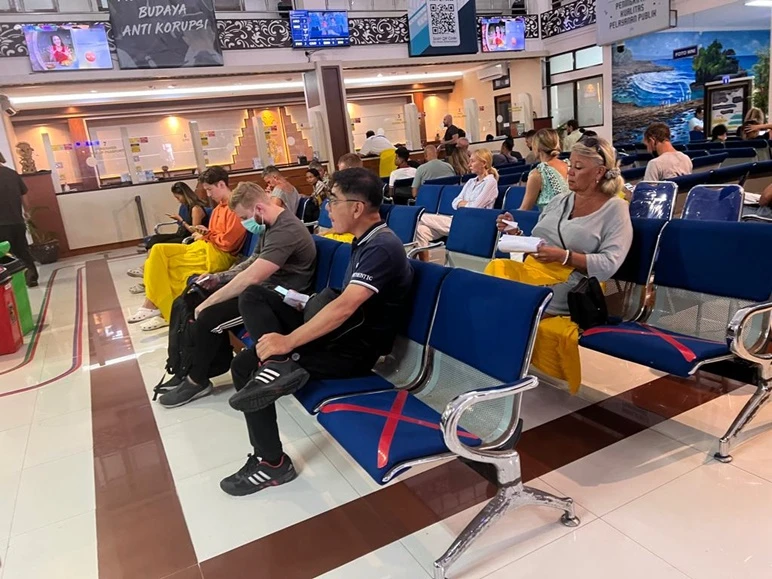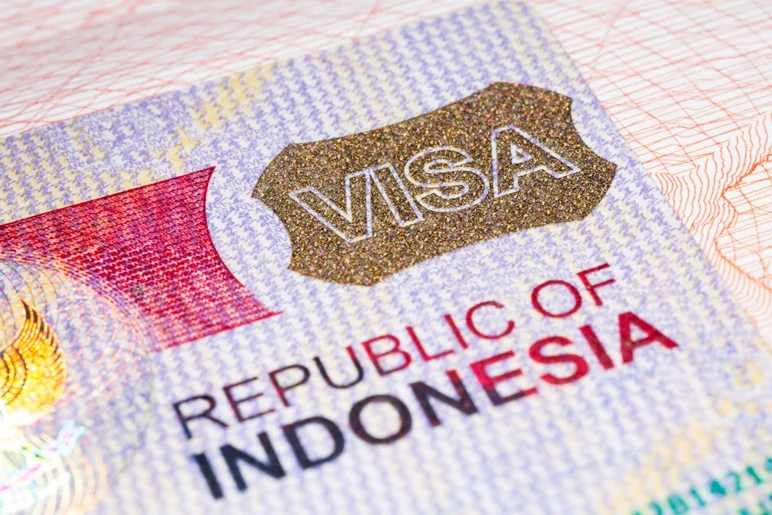Bali has taken another decisive step toward reshaping its tourism future with the opening of two new immigration offices in Tabanan and Klungkung. These regions, once considered secondary compared to the island’s bustling south, are now emerging as important tourism and business hubs. The establishment of new offices signals a broader strategy that supports regional growth and improves access to essential services for both foreigners and local residents.
These regions, once considered secondary compared to the island’s bustling south, are now emerging as important tourism and business hubs.

The move arrives at a time when Bali is experiencing strong interest in destinations outside its traditional hotspots. Tabanan draws visitors for its iconic Tanah Lot coastline and expansive Jatiluwih Rice Terraces. Klungkung also rises in popularity thanks to historic attractions and its jurisdiction over the Nusa Islands, which continue to see exponential tourism growth. The decision to expand immigration facilities into these areas aligns with the island’s long term goal of distributing economic opportunities more evenly.
Support for Foreigners and Local Residents
The new facilities in Tabanan and Klungkung operate as Class III Immigration Offices, which means their services are streamlined but still comprehensive enough for most daily needs. Visitors can process visa extensions, stay permit renewals, and registration. Local residents gain easier access to essential services such as passport renewal. These expansions help reduce strain on the Denpasar and Ngurah Rai offices that have long carried the bulk of the workload.

This shift is expected to improve service quality and reduce crowding in the more central locations. It also reflects the rising number of foreigners who now choose to base themselves outside the south, either for tourism or business. Improved administrative access will likely strengthen these regional economies further.
Visa Updates and Ongoing Changes
Indonesia continues to refine its immigration policies. Tourists visiting Bali still find the e VOA to be the most practical entry option. It grants a 30 day stay and is extendable once for another 30 days. The extension process must be completed before the first 30 days end and is handled through the Hybrid Application System. For longer stays, the C1 Tourism Visa offers an initial 60 day period and can be extended for up to 180 days.

Travelers should stay updated as regulations evolve. Bali’s authorities have deployed more Immigration Task Force Officers across major travel corridors like Canggu, Seminyak, Legian, Kuta, Ubud, and Nusa Dua. Officers are conducting routine checks to ensure visitors carry valid documentation. Tourists may be approached and asked to present passports and visas for verification. This increased presence aims to protect the integrity of Bali’s tourism environment as the island welcomes millions of visitors annually.
Tourism Growth Beyond the South
The arrival of new immigration offices supports a larger narrative unfolding across the island. Bali is steadily preparing for a more balanced tourism model that lifts regions beyond the southern belt. Growth in Tabanan, Klungkung, and even further north signals a transformation in motion.

This momentum gains even more strength with the recent confirmation that the North Bali International Airport project has been green lighted by President Prabowo. The airport will serve as a catalyst for massive expansion outside the south, placing northern Bali on the global travel map and reducing the island’s long standing dependence on the single airport in Tuban. Once operational, it will anchor new tourism zones, unlock infrastructure investment, and invite visitors to explore Bali as a full island experience.
The Road Ahead
The opening of new immigration offices may seem like administrative news, yet its impact reaches far deeper. It represents a shift toward a more distributed tourism economy, stronger governance, and improved visitor services. Combined with major infrastructure developments like the future North Bali International Airport, the island is entering a new phase that supports sustainable growth and broader regional inclusion.

Bali is positioning itself for a future in which every regency benefits from tourism beyond the overgrown southern corridor. With strategic planning and continued investment, the entire island stands ready to welcome travelers into a more balanced and dynamic era.




 Billy Bagus
Billy Bagus
 Nov 20, 2025
Nov 20, 2025






